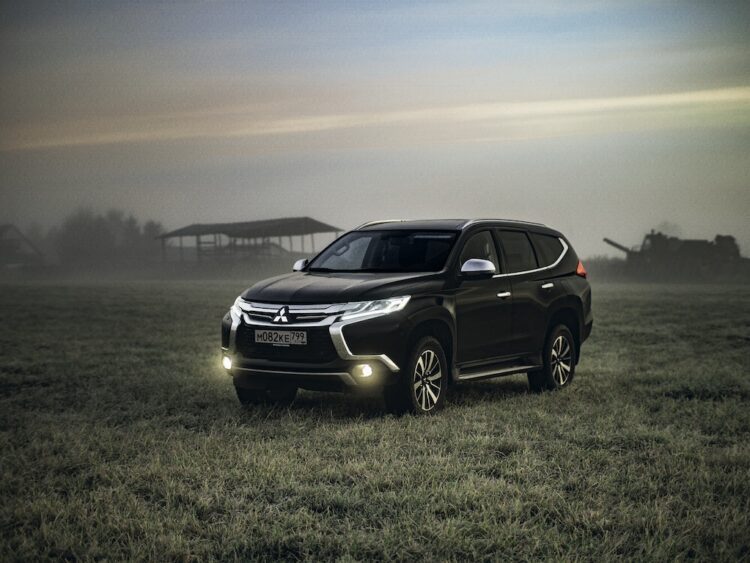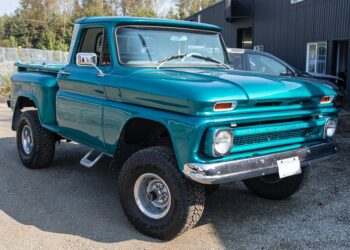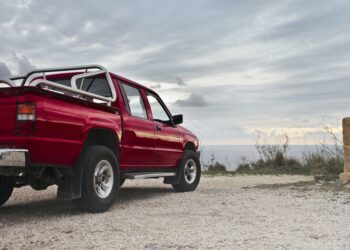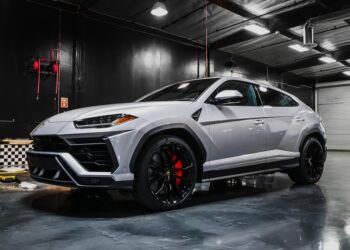Knowing where to start when shopping for an SUV can take time and effort. With so many options on the road today, you might find yourself overwhelmed. It can be hard to pick a winner if you don’t know what to look for. But don’t worry—this guide breaks down the key things you should look for when picking your next SUV.
What is An SUV?
SUV is the abbreviation for Sport Utility Vehicle. Generally, an SUV is defined by a tall roof, high ride height, cargo area open to the cabin, and elevated seating position. Early SUVs were designed to be more rugged and utilitarian than cars. This is the case with many of today’s SUVs too, which are identified by increased ground clearance, comparatively larger bodies, and usually available AWD or 4WD.
What Are the Different Types of SUVs?
Subcompact SUV
This type of SUV offers some benefits of small cars, a more appealing design, and improved practicality. With their efficient engines and compact design, these small SUVs are easy to maneuver and offer good fuel economy. Subcompact SUVs tend to have more cargo areas than other cars of the same size.
Examples: Jeep Renegade, Hyundai Venue, Toyota C-HR
Compact SUV
Compact SUVs are well-rounded vehicles. They provide a spacious environment for passengers and can carry more cargo than their size would suggest. Despite this, this isn’t the SUV type that’s so large that it’s tough to park or handle. While most are intended for daily urban use, some compact SUVs have good off-road abilities.
Examples: Subaru Forester, Honda CR-V, Ford Escape
Midsize SUV
These SUVs provide sufficient space for passengers in every seat without sacrificing cargo space. Some midsize SUVs can be equipped with larger, more powerful engines that dramatically improve acceleration and towing capability.
Examples: Nissan Murano, Jeep Grand Cherokee, Honda Passport
3-Row SUV
The best 3-row SUVs are spacious enough to accommodate adults in the third row. Depending on the trim and vehicle, these SUVs ensure that those riding in the back have similar amenities to those sitting ahead. You can increase your interior cargo space by folding the second and third rows.
Examples: Toyota Highlander, Volkswagen Atlas, Kia Telluride
Full-Size 3-Row SUV
Some SUVs are so large that they can comfortably transport people and their belongings. Full-size 3-row SUVs are extremely capable, whether their capability is measured by what is pulled behind it or what fits inside. This type of SUV is often built with body-on-frame construction, increasing its ability to tow or haul cargo.
Examples: Ford Expedition, Chevrolet Suburban, Toyota Sequoia





